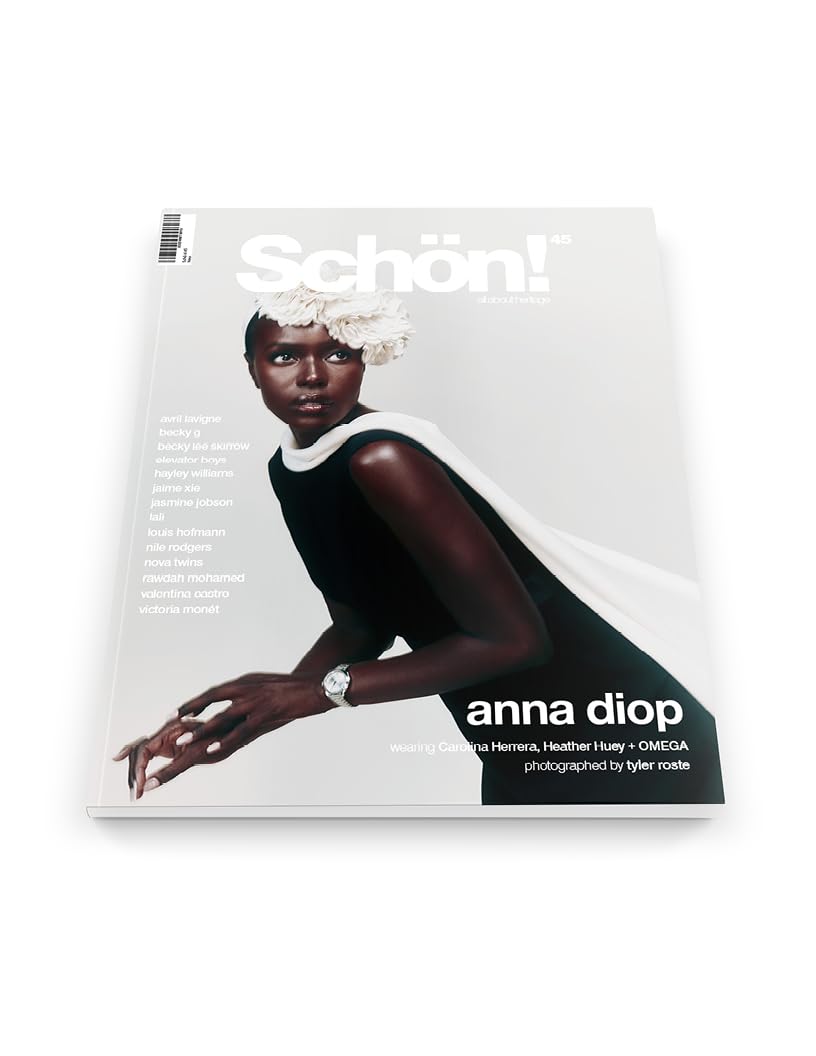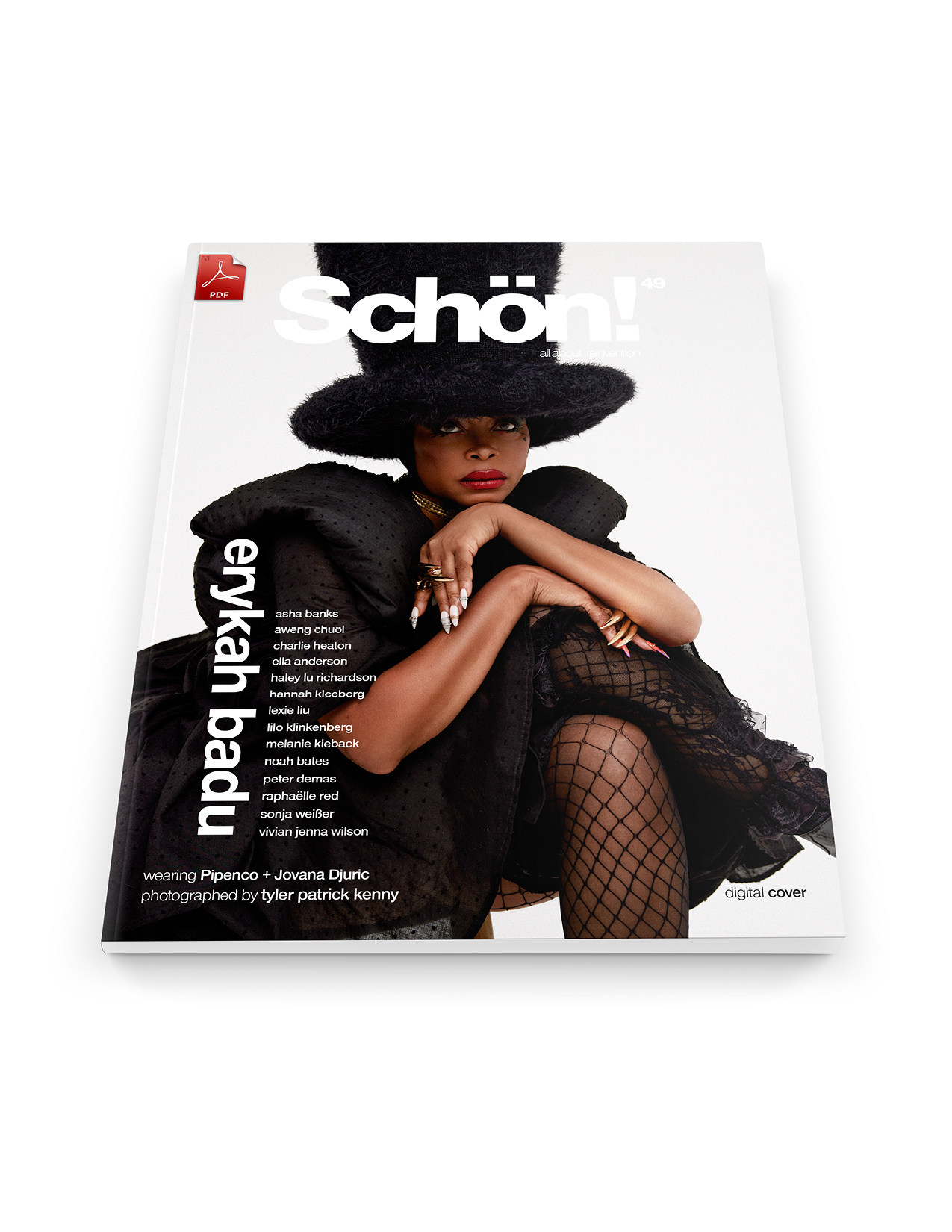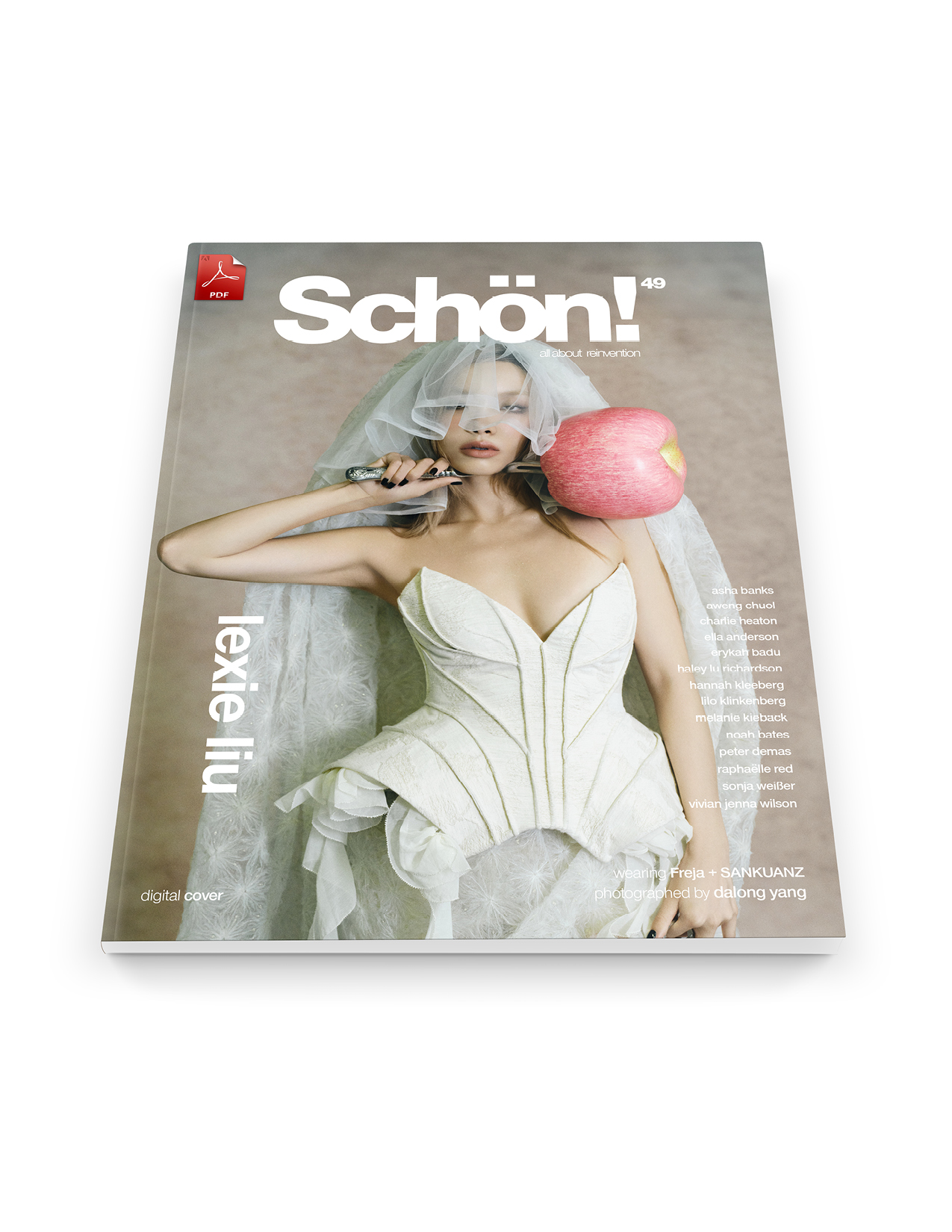Pity those poor people who love to neatly compartmentalise things. This season, Paris Fashion Week truly was a huge melange of ideas and stories, items and colours — from Red Riding hood capes at Miu Miu to disco dollies at Louis Vuitton and alpine dirndls at Chanel. But isn’t that the whole point of Paris? The last on the month-long-four-cities marathon of fashion weeks welcomes designers from all over the world. PFW has heritage brands with shows bigger than Hollywood blockbusters and beginners with nothing but a rail of clothes and ambition. Forget New York, if you can make it here, in fashion terms, you can make it anywhere.
So, what are the trends and the threads that tie one collection to another, or perhaps the things which count in terms of future fashion? I suggest we look at a few things to discuss, think about, and follow, as these collections eventually appear at retail and indeed influence fashion lower down the chain.
First up are the differences between designers who are merchandisers, stylists and visual communicators versus those who start with fabric and construction. This isn’t to say one of these stances is right and the other wrong, it simply implies that some collections in the showroom are exactly the same as seen on the runway, but others bear time, attention and examination. The evolution of a piece of clothing can come from all kinds of sources and, indeed, may even be “stolen” from the designer’s own archive. Miuccia Prada once told me that if they were to be working on a skirt shape and in the midst realise they’ve already done it some seasons ago, they find the pattern and sample and then that is what they use. I feel this is a vital word up-date for the next season.
Olivier Theyskens used the word “modern” a great deal when we were discussing his latest collection. Of course, in terms of fashion, the past is present but it should be a starting point or a shadow cast over the work, not the be-all and end-all. My conversation with Olivier Theyskens roamed through Belgian Art Nouveau, since his new Paris headquarters remind of this epoch, we also discussed the Fernand Khnopff exhibition at the Petit Palais, we mentioned the wardrobe’s in Blade Runner, Dune as well as Le Dernier Metro and, finally, the strong women of wartime France in their sharply tailored suits. The cut of his clothes is truly sensational, and the arc of sleeves, the flip of a hem or the swing of a skirt are all magical. He mentioned that he thought the huge rounded folds of a skirt in heavy damask taffeta resembled the curves of an old-fashioned radiator. The inside of the basque of a leather jacket had rows and rows of stitching enhancing the curves, and he then showed me the undercollar of a coat, remarking how nice it is for the wearer to discover this as they turn the collar up on a windy day. This is designing from sketch to fabric to toile to outcome to the perfect garment. It is magic not bestowed on every designer. Oh, yes, and he had a red dress in the potentially best shade of red in the world – dense blood, lacquer scarlet, divine.
Hedi Slimane at Celine is about a shape, a feel, and a look, and this seasons bourgeoise story — away from his all-black skinny, line — was about an image, a style, a woman. It’s not complex and it does not require the clients to do anything other than like it and buy it. The clothes are not modern, but not retro, they are Hedi Slimane. They are also a gift to high street chains who will assemble their own version as fast as possible, but the real Celine/Hedi customer wants the original real thing. This is perfectly correct in our contemporary world, but in fashion terms, we need both viewpoints.
Demna Gvasalia at Balenciaga grows each season as he refines his signature looks, items and shapes. The colour he zings at us is always dense and vibrant; the shapes acknowledging the house heritage but subverting it into modernity rather than nostalgia. Technical and new ways of achieving shapes and forms as opposed to hours and days in an atelier perfecting one toile are indeed modern.
There’s an odd je-ne-sais-quoi about nostalgia in fashion. I rarely like it because, frankly, it was done better the first time around — when it was fresh. But again what I remember and someone of another generation remembers is different. I thought the Jean-Paul Gaultier and Claude Montana feel with a dash of Desperately Seeking Susan at Louis Vuitton silly at first glance, but then slapped myself into realising that to anyone under forty this was fresh! I loved all the reference points, even up to a model who looked exactly like Farida Khelfa when she modelled for Gaultier, even to the hairstyle. Ra-ra skirts, jackets with contrast sleeves, huge shoulders, leather and so on actually had panache and a speed to it, which was a triumph. Rebuilding the Centre Pompidou in the Cour Carrée of the Louvre gave the marching army of street characters a great backdrop, and the energy behind the brilliant soundtrack got many a stiletto heels tapping.
ROKH is a new label whose designer, Rok Hwang, opened the week. Often this slot means by the following Tuesday the show has been forgotten, but not in this case. Great pieces of tailoring, terrific leathers and, above all, a modern easy elegance. I’d best sum it up in one look – a Hitchcock blonde in a grey suit with a camel trench draped over her arm. Simply terrific. Hwang made paisley look stylish, not hippy, and jacquard knit over jacquard knit look glamorous. The faded effect fabrics were lovely, and his touch even made the half and half dress look sexy. Great show all around.
It’s not hard to know why Jacquemus is popular. Even before the show started, he’d built an entire provincial French village for us to selfie, photo op, and generally be silly in. The collection was once again brilliant for his use of colour — from pale camel sweaters and tangerine softly pleated skirt to dark oxblood boots, ice blue sleeveless jacket and two-shades-darker fluffy ribbed knit trousers with white accessories. The sexy ease to his clothes, the shapes themselves, and the whole narrative steeped in his own life experience is simply enchanting.
Nehera sent out a collection so cool and lovely that the main audience reaction was a collective sigh of pleasure. Nothing extraordinary but the colour palette of cool ivories, chalky whites, beiges and ecrus plus sky blues, some dark navy and three hits of a golden deep marigold shade plus the long soft lines were divine. Uma Wang also sent out a beautiful long silhouetted collection where fabric textures ranged from optical effects and weaves through to damask. The skill with these two designers is to create their own fashion statement and welcome us into their vision, which is strangely modern and timeless. This approach embraces a broad client demographic since it is to a degree stand alone and outside trends.
Alessandro del’Aqua designs Rochas and judging by the number of women wearing his clothes, very successfully too. This season was all about the swing to the back, the bow and floating fullness at the back and basically making a fabulous exit. From a black and white tweed with jet fringe, to pale blush mousseline in tiers to the floor with a bow from the nape of the neck fluttering in the breeze, and a stiff taffeta trapeze coat with high cut narrow sleeves and a neat little collar; the list of delights is endless.
The devil’s in the detail with Christian Wijnants, stunning for its colour — the rose petal pink dress through violet, and grass green were magical with prints and knits. Two stand-out silk charmeuse dresses with fur plush clutch bags came in marron glacé with a matching bag of lime with a tangerine clutch. Mouth-watering.
Beautiful People was, well, beautiful. There was a haunting melancholy to the show, in a long narrow room at the Beaux-Arts as the models passed and repassed in flowing layers and panels. The half and half coat in two checks was a “trend” moment but otherwise, the collection was strongly individual. Hidenori Kumakiri, the designer, always works with pleats unfolding and wrapping but this season, silhouettes were more linear or slightly trapeze-like from the shoulder. The colour palette of pale and dark the tones —from ice white and ecru through to deep beech, walnut, and mahogany plus some black— was very pre-Raphaelite. The stand-out for me was a long slender duchesse satin skirt, cut like the back of an old-fashioned men’s trouser, with a huge sweeping panel flying off the back; worn with a plain slim polo neck with sleeves into mittens it had a 2019 couture feeling and was just wonderful in every way.
Alexander McQueen creative inspirer Sarah Burton looked to her home in the North of England and worked with mills there and took surprise elements from her view of the territory. Come Dancing earrings as the embroidery on a tunic, a rose sleeve opening and decaying into threads as we started at it, a sharp tailored jacket where all the right pieces of the construction had been juggled into a new interpretation and a severe black jacket, whose sleeves transformed into two huge deep, deep rose petal pink roses swirling around each sleeve heads into the sleeves themselves. Magical and exactly the correct emotional, inventive and English. Sarah Burton, thank you.
Koché: where to start? I loved this show so much! There I’ve even used the forbidden exclamation mark. In the ridiculous vast expanses of the Omnisports Bercy, the show started with a killer suit in red worn with thigh high socks and killer heels, but waiting behind was a red-figured charmeuse cocktail or dance dress. Then a tangerine coat shown with a huge red feathered picture hat. Next, a swirly dress to jive the night away in made from a raspberry swirly print mousseline. As model marched around the arena, we realised that this was a story of red and orange nine in all, then yellow, and so on, until later, when the collection was multicoloured and sparkly. So many great pieces; the wrap and buckled tuxedo in crêpe over lingerie whispers of Chantilly lace, the black figured cloque dress with high round neck, hourglass curves and wide puffed sleeves curving into tight to the wrist. The deconstructed canary yellow top twisting and turning into a long, long train with fronds of ostrich fluttering between the cascade of ruffles. Oh, it was a great show.
Everyone knows I love Lutz Huelle but this season, he seemed to me, to take a new direction into a couture master class in paring down his work. Black crêpe over black satin with shimmering blue boots, a neon pink top with huge elbow length puff sleeves like two exotic blossoms worn over a fragile palest beige knit and a straight crushed satin skirt, a blouse draped into a centre starburst of folds shown with hot fuchsia taffeta pants – totally La Dolce Vita. A cream trapeze dress with a Watteau back swinging out from a yoke, an azure blue and black floral brocade made up into a cagoule cocktail dress with a low flounce, as though it was a two piece. In fact, the collection never put a foot wrong as each garment followed on. I could describe all thirty pieces but don’t take my word for it, have a look online, it’s lovely and is all about technical and fabric skills. Huelle proves the development of an idea in terms of fashion and modernity and not about retro, a story or any fuss.
Finally, a farewell. This season and no other was marked by the departure of the legendary Karl Lagerfeld, who passed away on Feb. 19 at 85. He had been the designer at the helm of both Haute Couture and Prêt-à–porter at Chanel —along with every other possible collection from cruise to arts et metiers— for over a quarter of a century. In truth, it is possible he was unwell for some time before this collection was shown, but his right-hand woman through most of that time, who had only recently started to take a bow at Karl’s side has already been named his successor. Virginie Viad has been at the maison for thirty-two years and for Karl Lagerfeld to share the stage with her, she must have been very special in his regard for her.
An insider described the show as respectful, and that’s what it was: no tricks, no exaggeration, no oddities… just beautiful clothes, beautifully made and shown in another of those amazing Chanel settings, an Austrian ski resort. The mainly monochrome collection played strongly on classic Chanel, with a quick burst of a few outfits in bright pink, turquoise and red. Every single piece from this last collection will become a collector’s piece and the house will find out what happens without this powerhouse installed in Mademoiselles office in the Rue Cambon. Personally, I can imagine actors are lining up to play Karl in the movie of his life, which will undoubtedly happen. His was always a starring role from — from bearded Lagerfeld through fan-waving Lagerfeld, slender Lagerfeld and finally Choupette-loving Lagerfeld, he was only ever the centre stage. He played his role to perfection for many years, and there’s no denying you cannot replace the irreplaceable. Goodnight, Karl.
Check out our backstage coverage of PFW here.
words. Tony Glenville
Schön! Magazine is now available in print at Amazon,
as ebook download + on any mobile device





























































































































